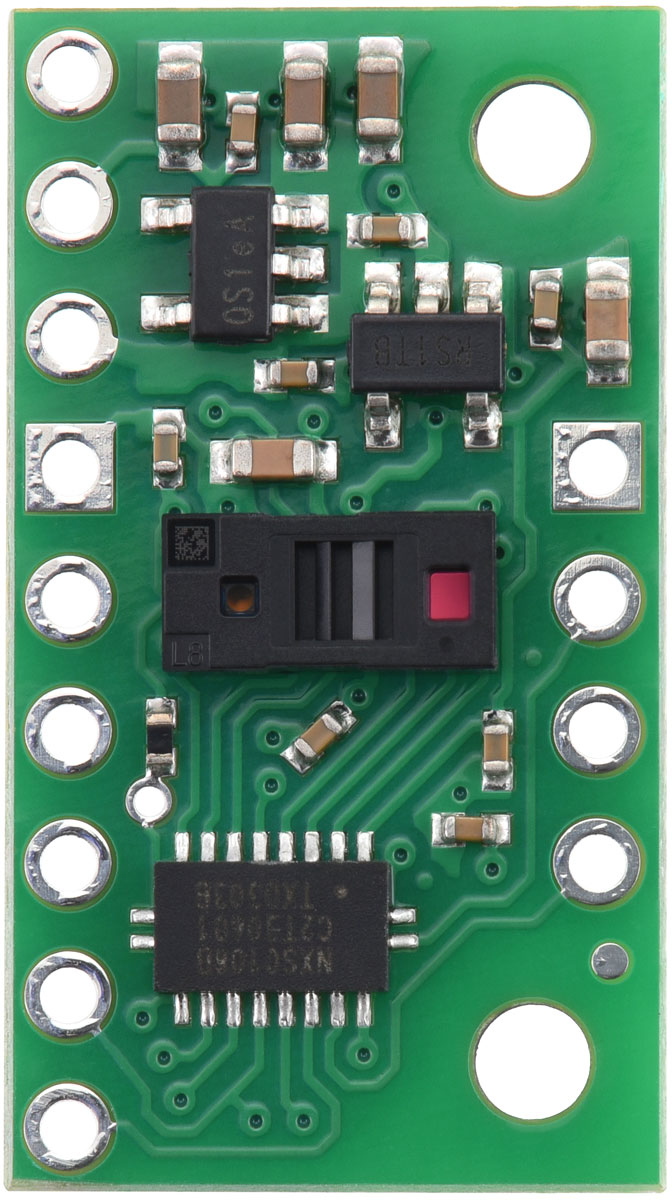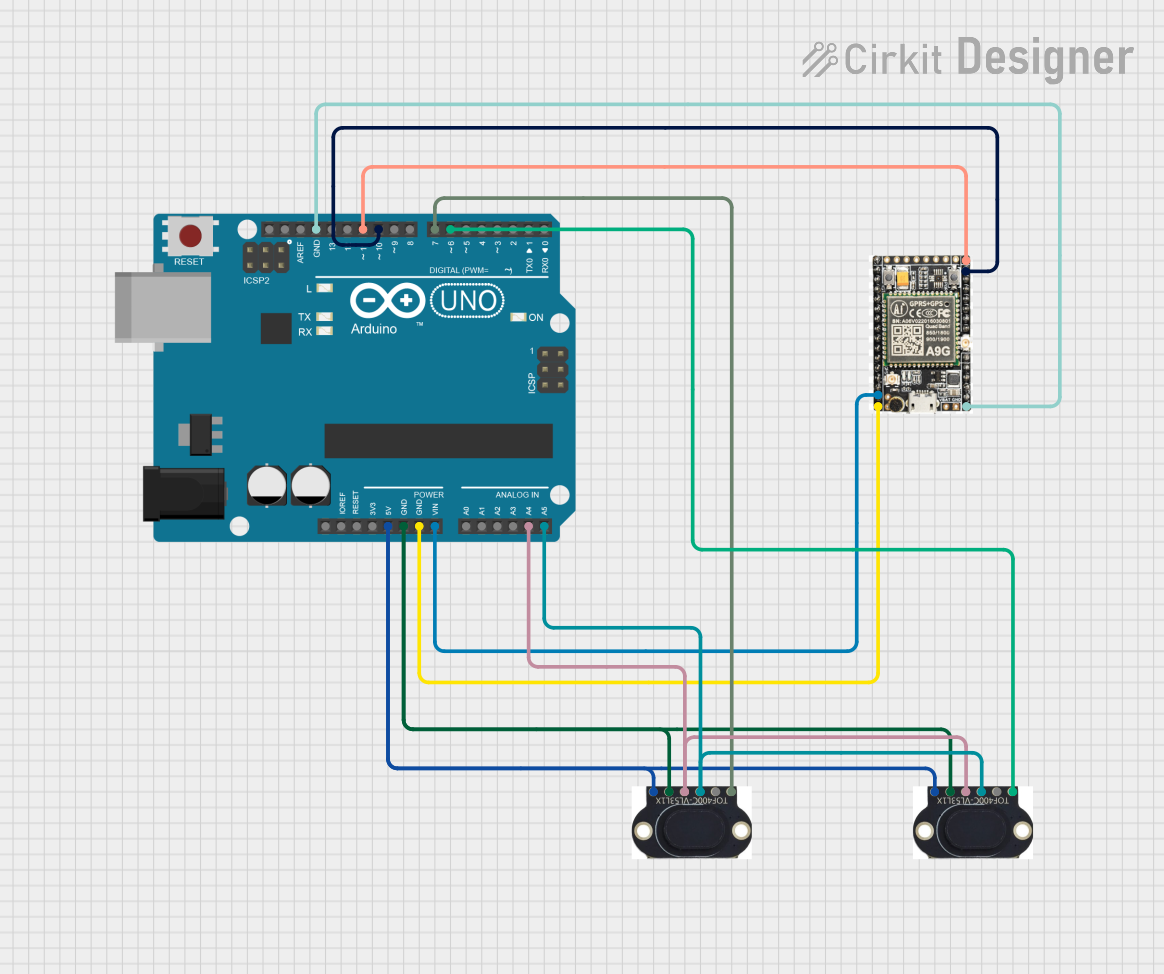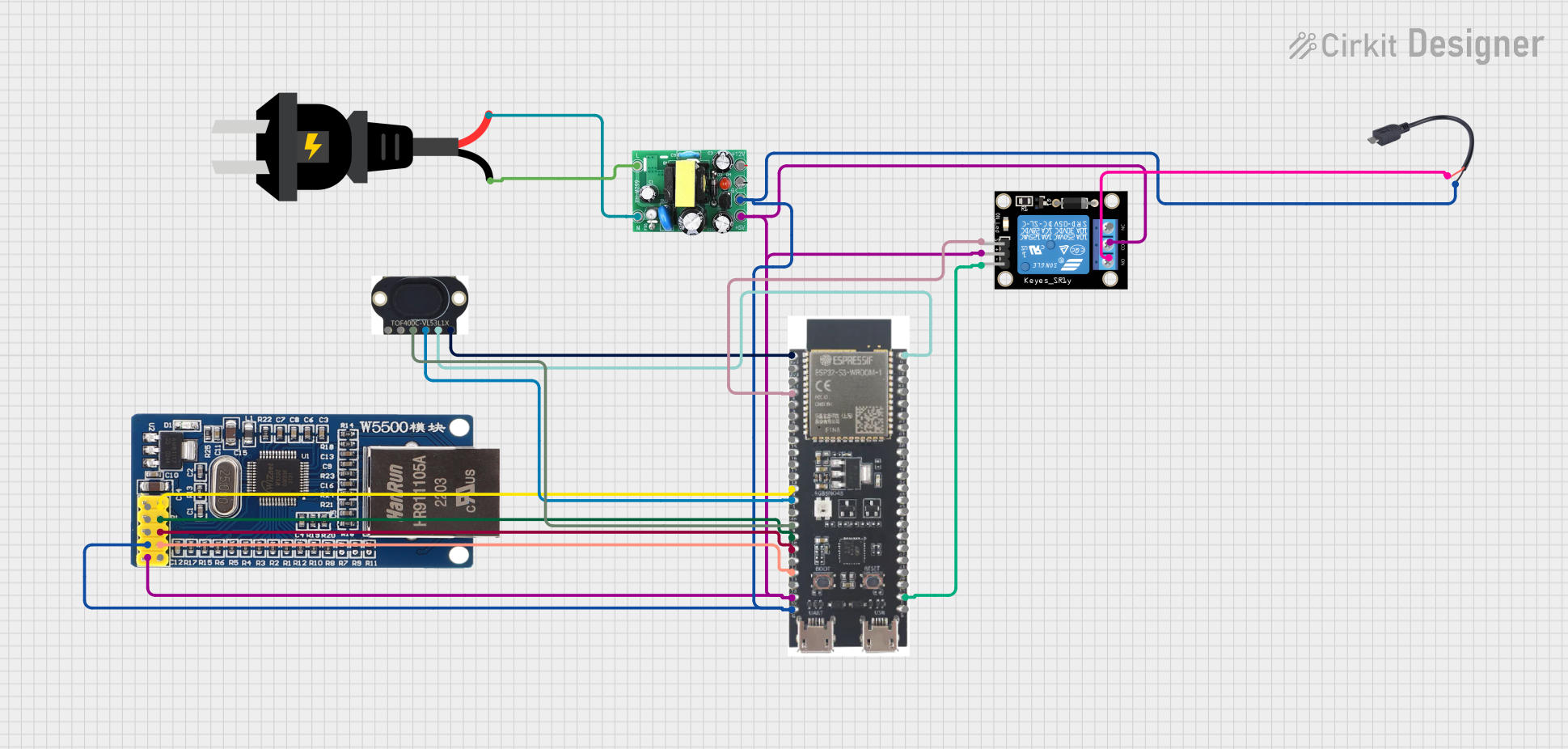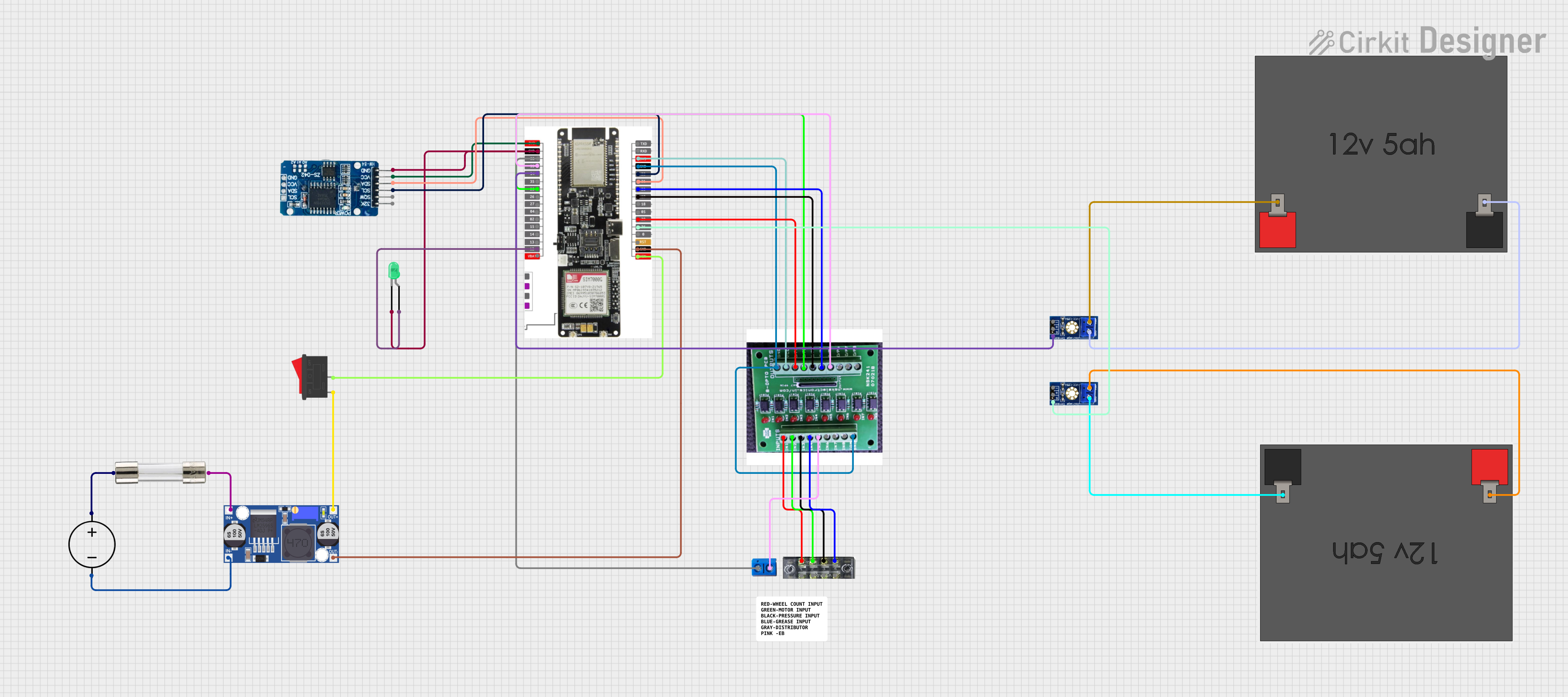
How to Use vl53l8cx1: Examples, Pinouts, and Specs

 Design with vl53l8cx1 in Cirkit Designer
Design with vl53l8cx1 in Cirkit DesignerIntroduction
The VL53L8CX-1 is a state-of-the-art, long-distance ranging Time-of-Flight (ToF) sensor, capable of measuring distances with high accuracy by timing the delay of a light signal as it reflects off a target and returns to the sensor. This sensor is particularly well-suited for applications that require quick and accurate distance measurements, such as robotics, user detection, drones, and IoT devices. Its ability to handle multi-target detection makes it versatile for complex scenarios.
Explore Projects Built with vl53l8cx1

 Open Project in Cirkit Designer
Open Project in Cirkit Designer
 Open Project in Cirkit Designer
Open Project in Cirkit Designer
 Open Project in Cirkit Designer
Open Project in Cirkit Designer
 Open Project in Cirkit Designer
Open Project in Cirkit DesignerExplore Projects Built with vl53l8cx1

 Open Project in Cirkit Designer
Open Project in Cirkit Designer
 Open Project in Cirkit Designer
Open Project in Cirkit Designer
 Open Project in Cirkit Designer
Open Project in Cirkit Designer
 Open Project in Cirkit Designer
Open Project in Cirkit DesignerTechnical Specifications
Key Features
- Type: Time-of-Flight (ToF) sensor
- Light Source: 940 nm Vertical Cavity Surface Emitting Laser (VCSEL)
- Detection Range: Up to 4 meters
- Resolution: Down to 1 mm
- Interface: I2C
- Supply Voltage: 2.6 V to 3.5 V
- Operating Temperature Range: -20°C to 70°C
Pin Configuration and Descriptions
| Pin Number | Name | Description |
|---|---|---|
| 1 | VDD | Power supply (2.6 V to 3.5 V) |
| 2 | GND | Ground reference for the power supply |
| 3 | SDA | I2C Data line |
| 4 | SCL | I2C Clock line |
| 5 | GPIO1 | Programmable interrupt output |
| 6 | XSHUT | Active-low shutdown input |
Usage Instructions
Integration into a Circuit
- Power Supply: Connect the VDD pin to a 2.6 V to 3.5 V power source and the GND pin to the ground.
- I2C Communication: Connect the SDA and SCL pins to the corresponding I2C data and clock lines on your microcontroller.
- Interrupts (Optional): The GPIO1 pin can be used for interrupts. Connect it to an interrupt-capable GPIO pin on your microcontroller if this feature is needed.
- Shutdown Control (Optional): The XSHUT pin can be used to put the sensor into a low-power state. Connect it to a GPIO pin on your microcontroller to control this feature.
Best Practices
- Ensure that the power supply is stable and within the specified voltage range.
- Use pull-up resistors on the I2C data and clock lines as required by your microcontroller's I2C interface.
- Avoid placing objects within the minimum detection range when powering up the sensor, as this can affect calibration.
- Keep the sensor away from direct sunlight and other strong light sources that could interfere with the measurements.
Example Code for Arduino UNO
#include <Wire.h>
// VL53L8CX-1 I2C address (check datasheet for your device's address)
#define SENSOR_ADDRESS 0x29
void setup() {
Wire.begin(); // Initialize I2C
Serial.begin(9600); // Start serial communication at 9600 baud rate
// Sensor initialization code here
// ...
}
void loop() {
// Code to trigger measurement and read distance
// ...
// Example: Print the measured distance
Serial.print("Distance: ");
Serial.print(distance);
Serial.println(" mm");
delay(1000); // Wait for 1 second before next measurement
}
Troubleshooting and FAQs
Common Issues
- No Data from Sensor: Ensure that the sensor is correctly powered and that the I2C connections are secure. Check for proper pull-up resistors on the I2C lines.
- Inaccurate Measurements: Verify that the sensor is not facing any reflective surfaces or operating in an environment with strong ambient light. Recalibrate if necessary.
- Intermittent Operation: Check the power supply for stability and the XSHUT pin for unintentional toggling.
FAQs
Q: Can the VL53L8CX-1 sensor measure distances beyond 4 meters? A: The sensor is optimized for distances up to 4 meters. Measurements beyond this range may be less accurate or unreliable.
Q: Is the sensor waterproof? A: No, the VL53L8CX-1 is not inherently waterproof. Additional protection is required for use in moist or wet environments.
Q: How can I reduce power consumption when the sensor is not in use? A: Utilize the XSHUT pin to put the sensor into a low-power state when it is not actively measuring distances.
For further assistance, consult the manufacturer's datasheet and application notes, or contact technical support.